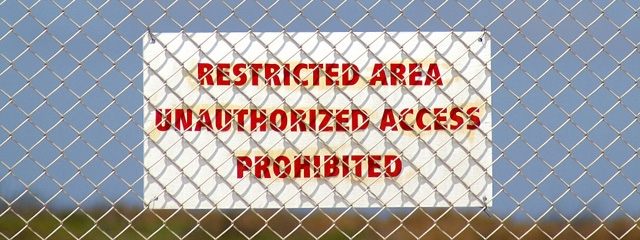Innovators are often wary of disclosing their ideas or intellectual property (IP) to people who can develop them further for fear of having them “stolen” – this is where a nondisclosure or confidentiality agreement is useful.
Nondisclosure agreements can be “one – way”; where only one party discloses confidential information or “mutual”; if both parties wish their disclosures to remain confidential. One way is most common.
The agreement should preclude the confidentiality of any information or prior knowledge which may have been in the recipients possession before the disclosure; this is quite reasonable – for example I don”t know what you are about to disclose and if I already know that the earth goes around the sun or have come to this conclusion myself you can’t prevent me for using or discussing that fact when you “disclose” it. You may find some more cautious organisations will refuse to sign non-disclosure agreements, probably not because they want to steal your idea, but, because of this prior knowledge clause which may require them to go to effort and cost proving they already knew what you disclosed.
Note that the agreement is not retrospective – so it needs to be dated and signed (agreed to) before you disclose the information.
Both parties will need a signed copy of the agreement – so each can prove what was agreed.
It’s not essential but we would be happy to sign any reasonable confidentiality / non-disclosure agreement before you disclose your ideas, there are plenty of these that can be down loaded if you don’t have one, or you can download our standard nondisclosure agreement click here, ours is particularly focused on the confidentiality of information relevant to design and product development, whereas many generic agreements are……… generic, ours is also in relatively plain english.
Our core business is design – developing our client’s intellectual property and obviously it would not be in our interest to betray that trust, so we don,t.








